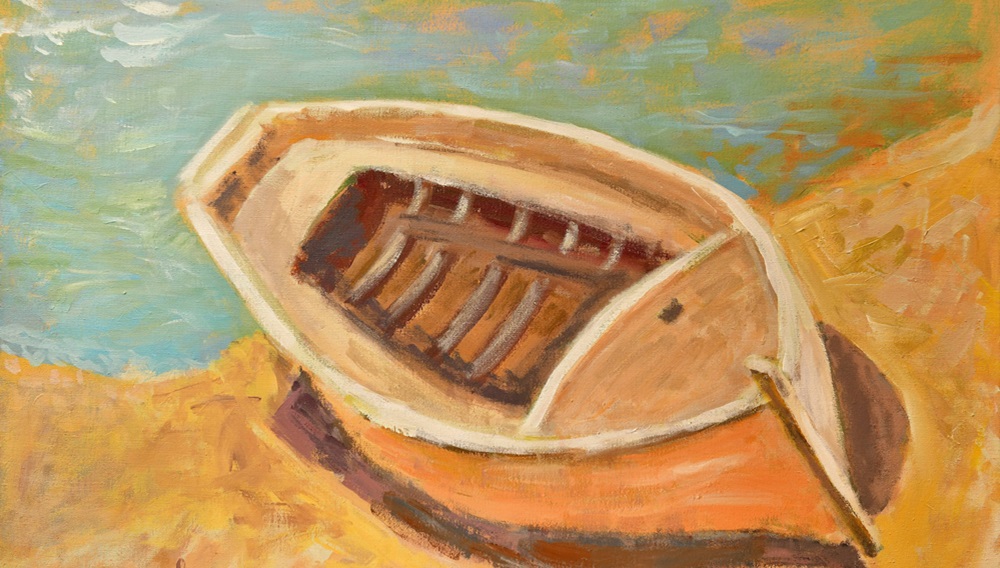
Historical Archives Museum of Hydra presents a major tribute to Michael Lawrence (1943-2021), honouring a very special artist. Painter, sculptor, writer, he was among the artists who identified with the life of the island and made it one with their work.
In an extensive production of paintings and sculptures, Lawrence shared Hydra as a universal experience that can speak to the eyes and hearts of art lovers, both Greek and foreign.
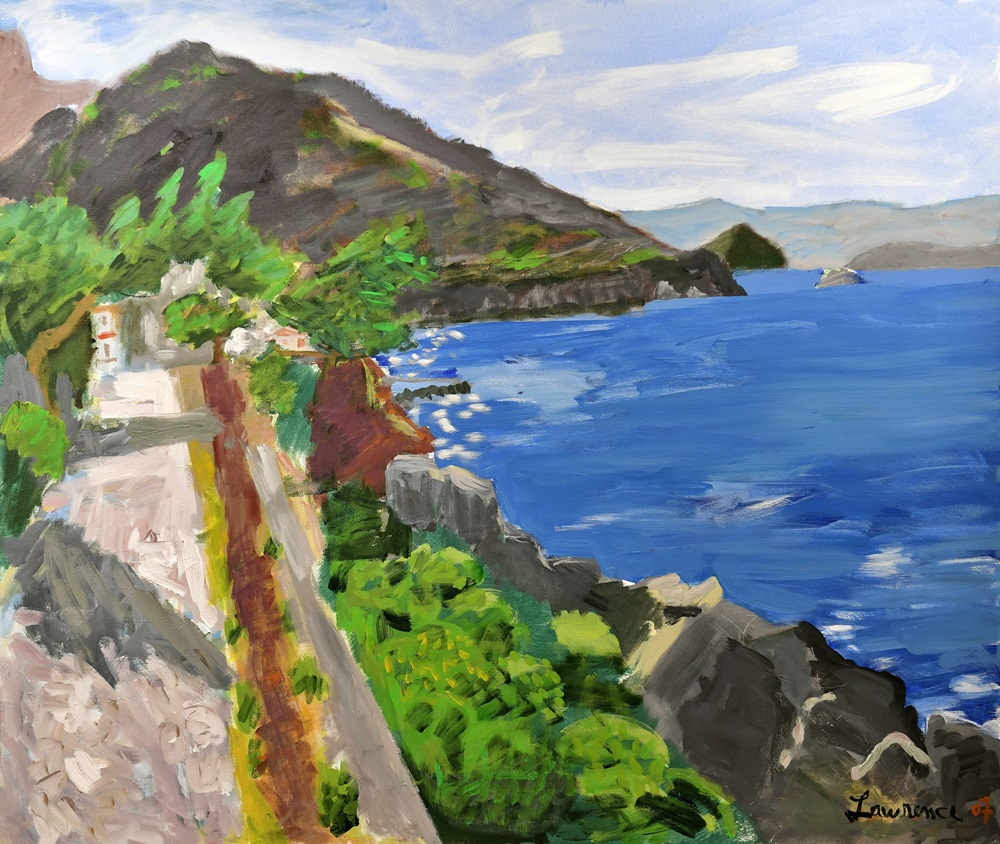
An American by birth (Los Angeles), Lawrence lived in Hydra for nearly three decades until his death (23 November 2021). Trained in painting and sculpture (Bard College and UCLA), for many years he led a life of travel, exhibiting in art metropolises. When he came to Hydra, he was captivated by the Greek light and did not abandon it. In the particular rhythm of the island he discovered his own source of inspiration and allowed himself to dance in the robust richness of colours, serving a kind of nostalgic symbolism that he called “poetic expressionism”.
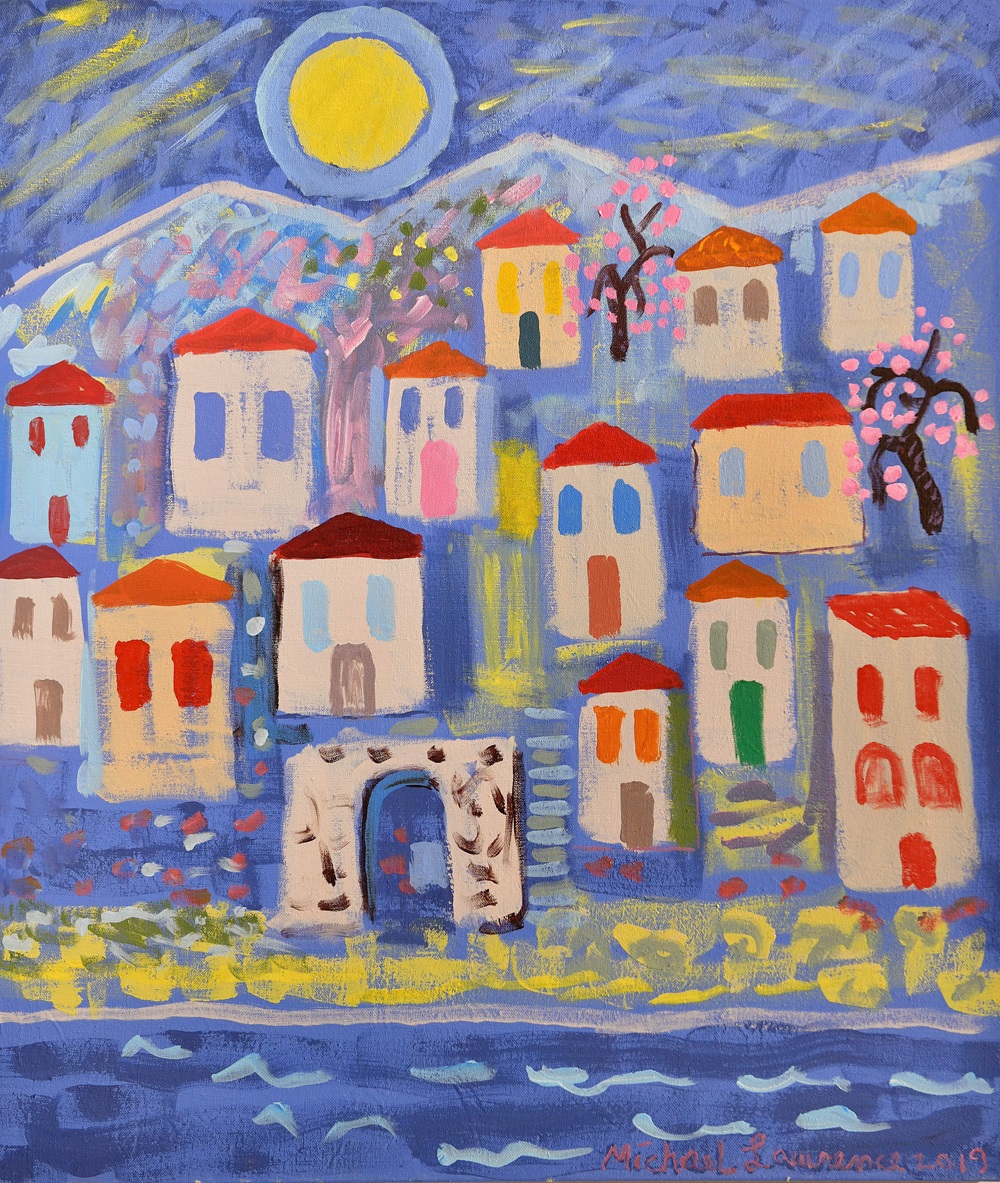
“The world of his pictures was for him a true festival, a carefree dance, a perpetual ballet of dancers, acrobats, clowns, beautiful female figures and philosophers, houses of Hydra, smelling flowers and carefree animals of the island” says the Director of Historical Archives Museum of Hydra, Dina Adamopoulou, explaining that “with all this, Lawrence managed to “convey” his own vitality, his own optimistic side of life. .. The endless hours of solitary meditation that he had chosen as his inner need, his artistic inspiration and subsequent creation were for him a kind of true and conscious ritual“.
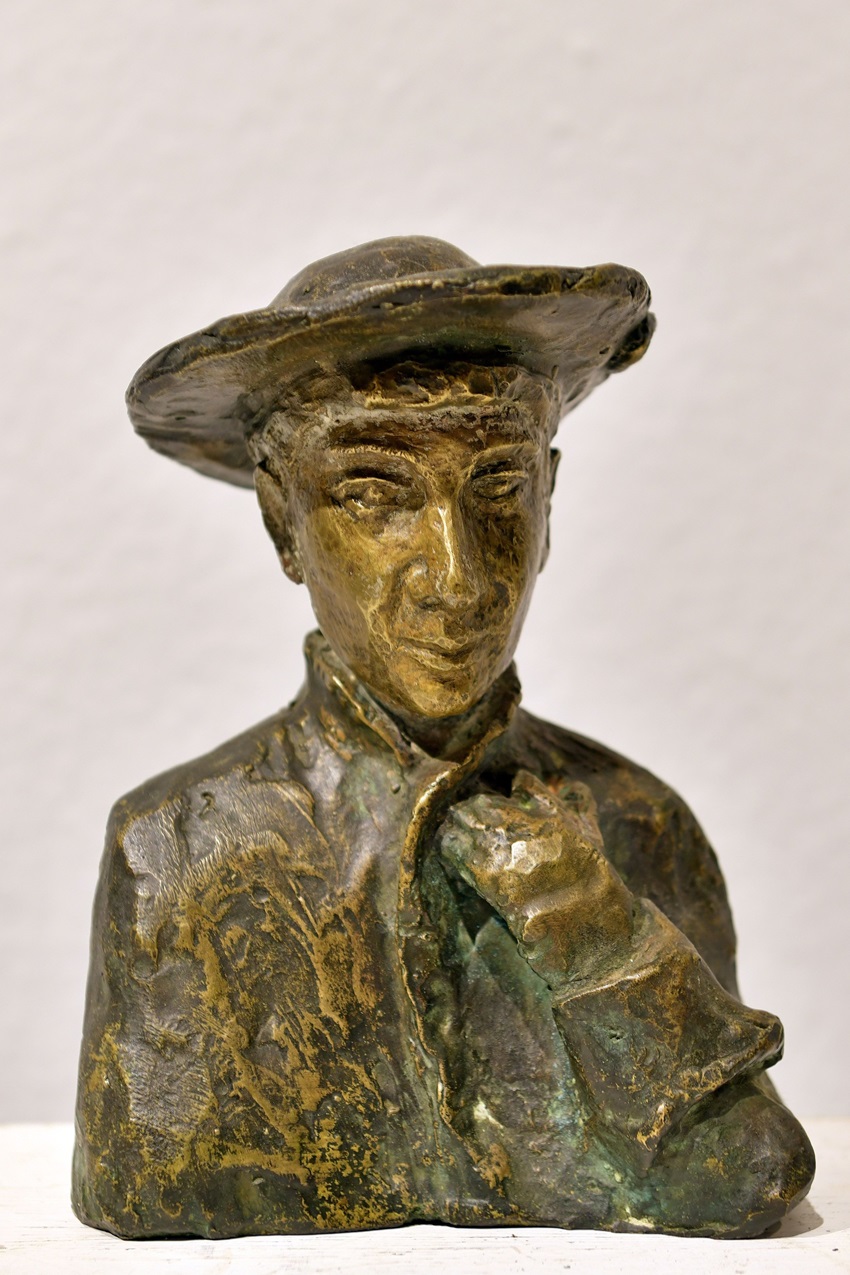
At a time without the facility of the internet, Michael Lawrence showed his work in major galleries in the US – Los Angeles, New York, Palo Alto and Denver – and was not unknown in European centres. Extremely beloved by foreign visitors and the people of Hydra, Michael left as a Hydraian.

He also belongs to the great benefactors of the island, as he left a large painting and sculpture production for the benefit of the Museum of Hydra. His works within the Museum’s display cases are rooted to the place like folk artifacts.

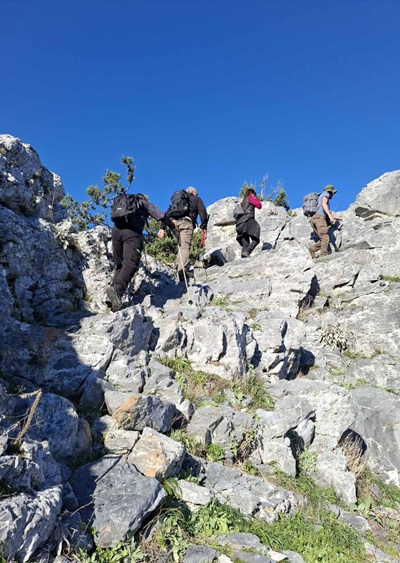
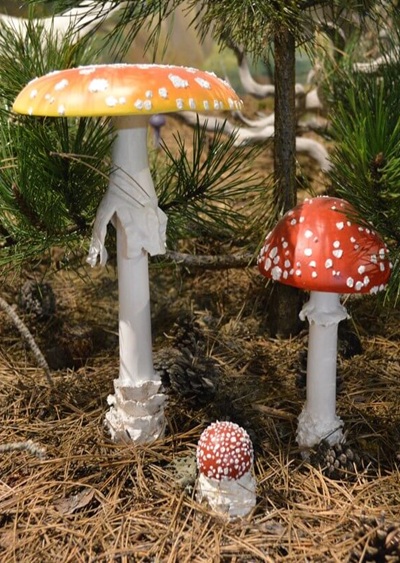

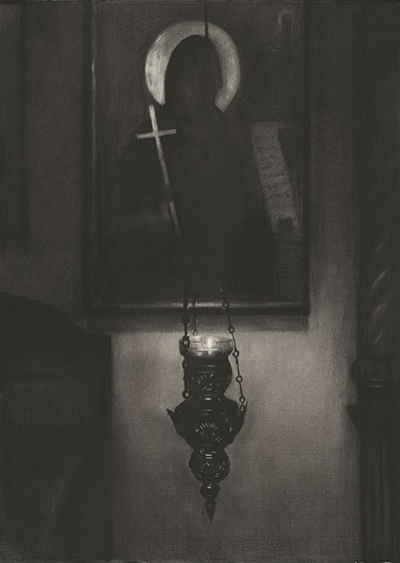


Leave A Comment